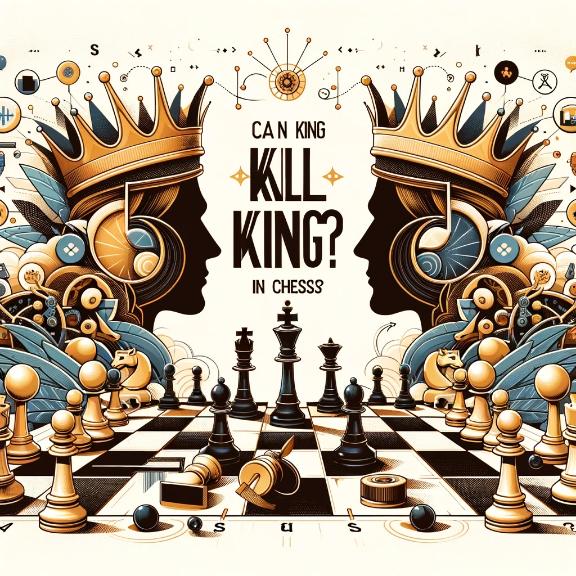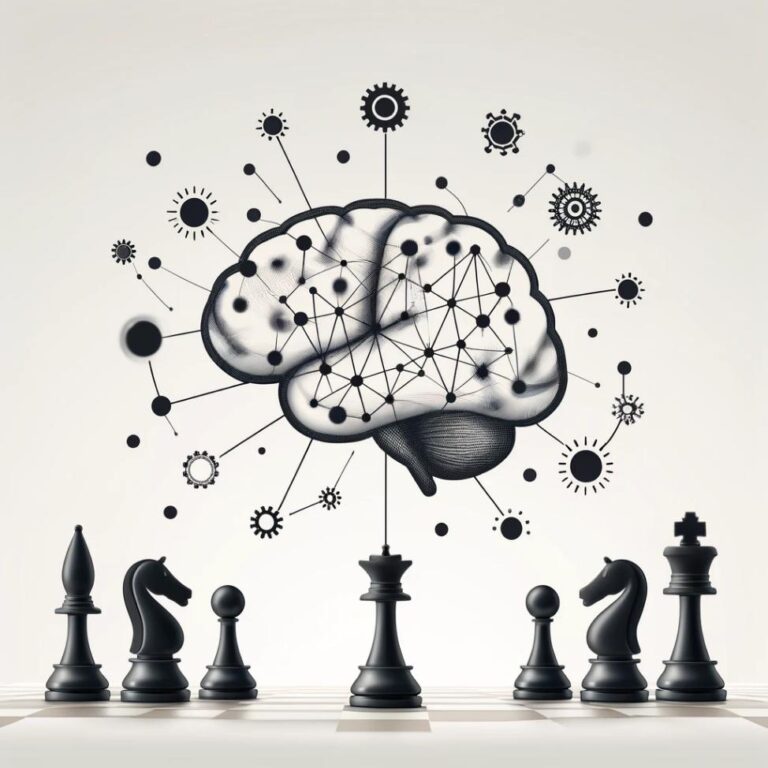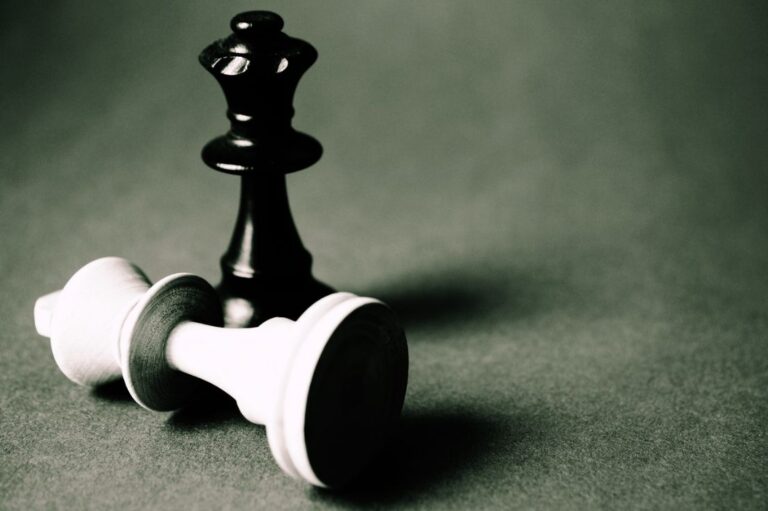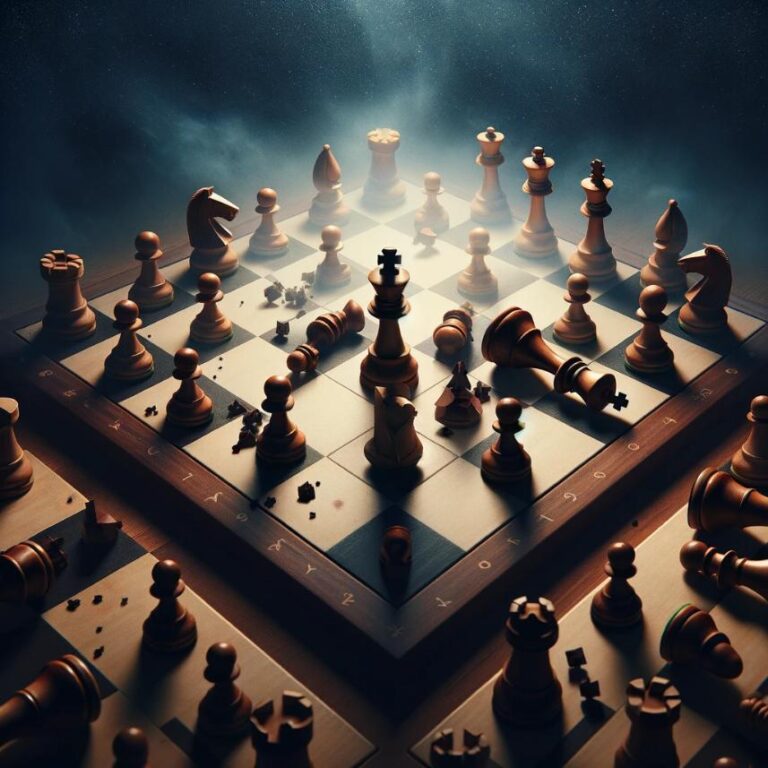Chess, often characterized as a cerebral contest, pits two minds against each other in a battle of strategy, foresight, and mental stamina. While it’s evident that chess players engage in a rigorous mental workout, a fascinating aspect that has piqued the curiosity of many is the physical aspect of the game, particularly how many calories chess players burn during their matches. This article delves into the surprising energy expenditure involved in chess, shedding light on the physical demands of this intellectually rigorous game.
The Mental and Physical Connection
At first glance, chess might not seem to demand much physical effort. However, the mental exertion during a game of chess is intense and, interestingly, has a direct correlation to physical calorie burn. Studies have shown that intense concentration and stress, common in competitive chess, can increase the body’s metabolism, leading to a significant amount of calories burned.
Research on Calorie Burn in Chess
Recent research has provided insight into the caloric expenditure of chess players. One study conducted during a tournament found that players could burn up to 6,000 calories a day, a figure that rivals that of professional athletes. The heart rate of some players spiked to 160 to 180 beats per minute during peak moments of their games, equivalent to what one might experience during an intense physical workout.
Factors Influencing Calorie Burn
Several factors contribute to the number of calories burned during a chess game:
- Concentration Levels: The intense focus required for chess elevates the brain’s metabolic rate, which, in turn, increases overall calorie burn.
- Stress and Anxiety: Competitive play induces stress, releasing hormones like cortisol, which has been linked to a higher metabolic rate.
- Duration of Play: Tournament games can last several hours, significantly longer than most physical sports, leading to prolonged periods of heightened calorie burn.
- Physical Habits: Even small physical actions, such as moving pieces, gesturing, or pacing, contribute to the total calorie expenditure.
Calorie Burn: Tournament Play vs. Casual Play
The context of play significantly impacts calorie burn. In high-stakes tournaments, where the pressure is immense, players experience a higher rate of calorie burn compared to casual or practice games. The mental stress and the long duration of tournament games contribute to this difference.
Enhancing Physical Fitness for Mental Stamina
Given the physical demands of competitive chess, players have increasingly focused on physical fitness to improve their game. Top grandmasters, including Magnus Carlsen, emphasize the role of physical exercise in preparing for tournaments, recognizing that a fit body supports a sharp mind. Improved physical fitness not only helps in increasing endurance during long matches but also in managing stress more effectively.
Conclusion
The question of how many calories chess players burn underscores the physically demanding aspect of this mentally intense game. While chess may not involve physical exertion in the traditional sense, the caloric expenditure associated with competitive play is significant. This revelation highlights the importance of physical fitness in chess, challenging the stereotype of chess as a purely sedentary activity. As chess continues to evolve, the integration of physical training into a player’s regimen marks a fascinating blend of mental and physical discipline, illustrating the comprehensive nature of preparation that the game demands.







